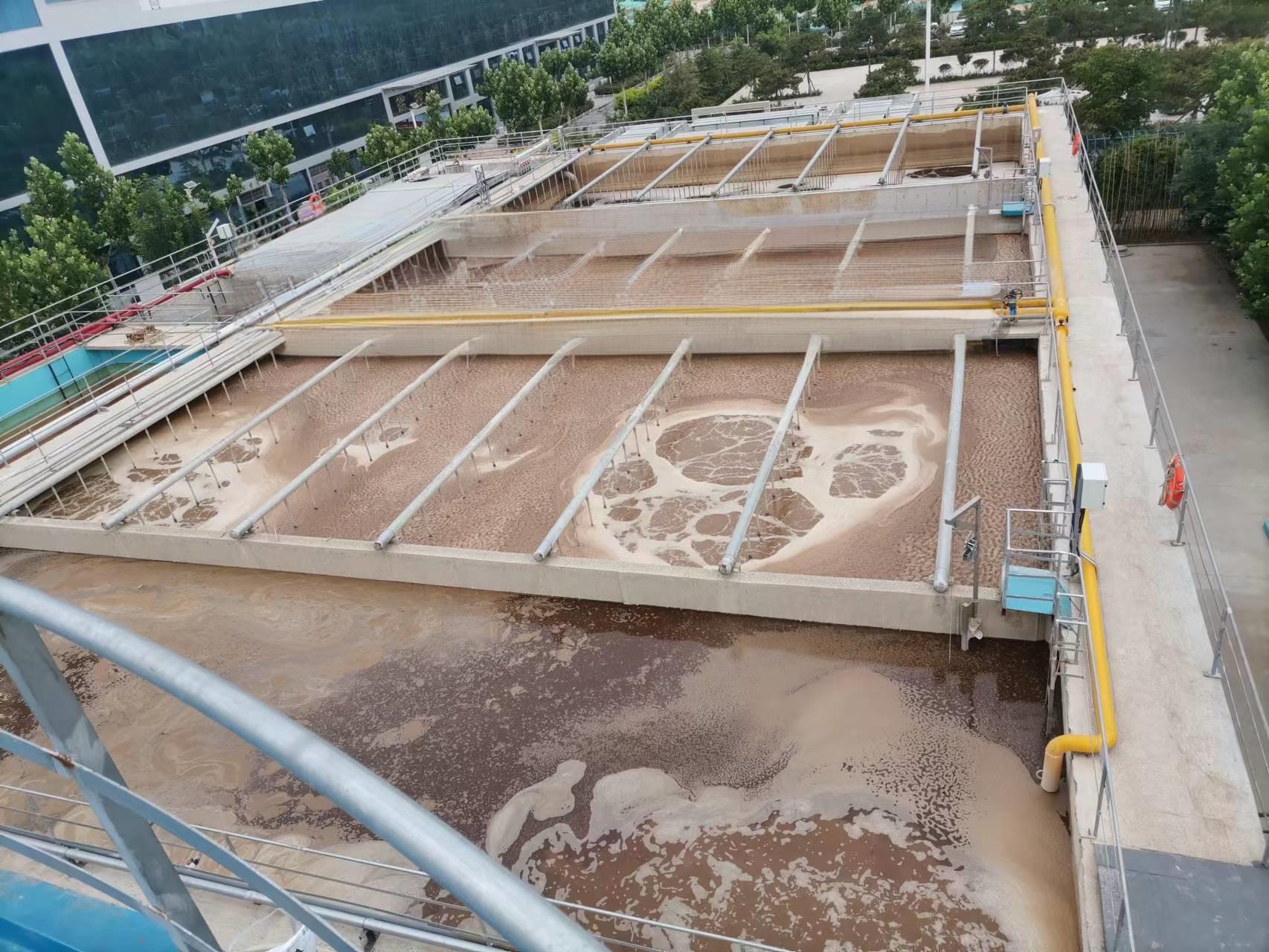-
 SUPPORTERS OF CHEMICAL TECHNOLOGYDEDICATED TO A BETTER LIFE
SUPPORTERS OF CHEMICAL TECHNOLOGYDEDICATED TO A BETTER LIFE -
-
Phone number+86-13414362583
-

News
In aeration wastewater treatment, foam issues primarily arise from three sources: nitrogen release during denitrification in oxygen-deficient zones, abnormal growth of filamentous bacteria forming stable biological foam, and surfactants (e.g., detergents, colloidal organics) in influent. Uncontrolled foam reduces dissolved oxygen transfer, interferes with instrument monitoring, and causes pollutant overflow, compromising system stability.

Type Compatibility: Match defoamer composition to wastewater properties. Examples:
Silicone resin types: Suitable for high-load wastewater, rapidly penetrate foam films;
Silicone free types (e.g., KM-1399): Excellent acid/alkali resistance, ideal for environments with temperature fluctuations.
Surface tension must be lower than the foaming liquid to ensure rapid spreading;
Strong hydrophobicity with weak hydrophilicity (HLB 1.5-3) enables concentration on foam surfaces;
Compatibility with wastewater to avoid harming active sludge microbiota.
Dosage Optimization: Amide-type defoamers require only 0.002%-0.005% addition; excess may inhibit microbial activity.
In practice, Chemi Tech products like KM-1399 should be dosed via gradual dripping to ensure uniform dispersion and prevent localized inefficacy. Simultaneously, monitor sludge concentration and return ratios, and adjust processes (e.g., reducing sludge retention time) to suppress filamentous bacteria growth.
Guangzhou Chemi Tech New Material Co., Ltd.
Address : No. 3 Road, Lanshan Village, Xiancun Town, Zengcheng District, Guangzhou City
Contact : +86-19820415595(Manager Fang)
Tel : +86-13414362583(Manager Lee)
E-mail : crystal@gzchemitech.com
